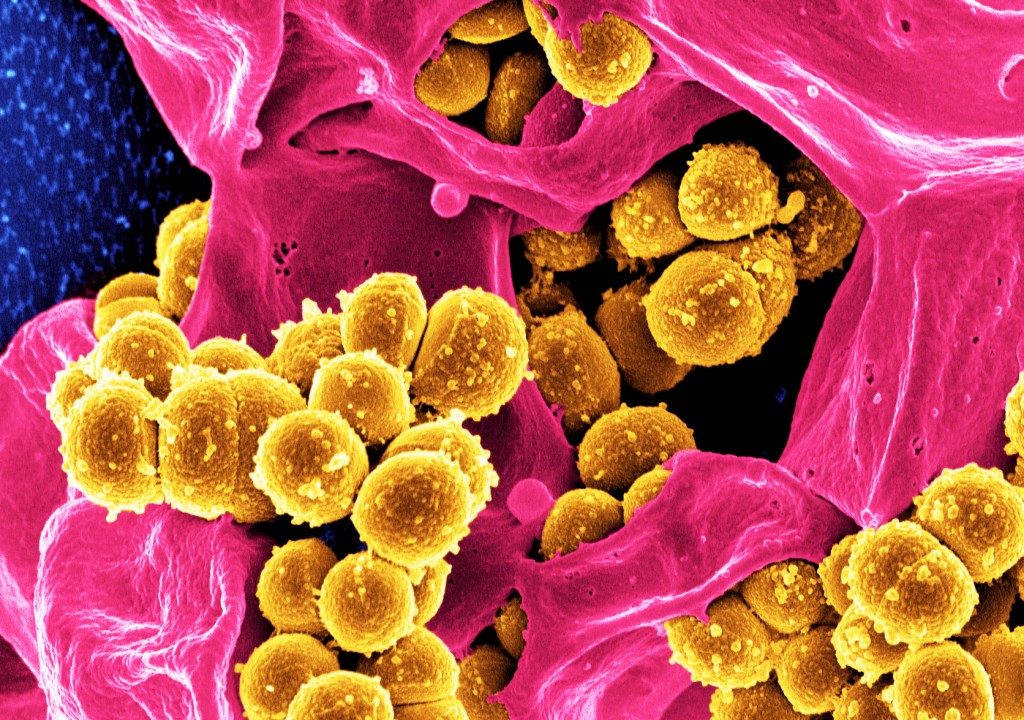HLA-G Interactions and Their Contribution to Immunoregulation
Human leukocyte antigen G, or HLA-G, is a protein from our main histocompatibility system. The histocompatibility system is responsible for identifying an invading organism and distinguishing self and non-self antigens. In this way, it is involved in the immune response.
In the past two decades, much research has been oriented towards understanding HLA-G behavior. Positive results are predicting a vast number of potential benefits in different therapies and treatments.

HLA-G’s Involvement in Metabolic Networks
There are many isoforms of HLA-G that are part of the membranes of cells, such as the cytotrophoblast cells, fetal endothelial cells, amnios epithelial cells, and others (HLA-G1, HLA-G2, HLA-G3, and HLA-G4). There are three soluble isoforms of HLA-G (HLA-G5, HLA-G6, HLA-G7) that are present in the amniotic fluid, the umbilical cord, and the maternal peripheral blood (1). There is also evidence of transcription of HLA-G genes in some T and B cells found in the tissues of adults (1).
It has been determined that HLA-G inhibits the activity of cytotoxic T cells and natural killer (NK) cells of the immune system. In NK cell inhibition, HLA-G directly affects NK cytolytic activity by interacting with their receptors or indirectly, modulating their behaviour by interacting with the HLA-E receptors. HLA-E is another antigen that plays a pivotal role in cell recognition by NK cells (3). Modern protein purification techniques have proven that HLA-G is highly expressed in different malignancies and that there is a correlation between both antigens with many tumor metastasis (3). Evidence includes the fact that cytotoxic T cells and NK cells attack tumors. The transcription of HLA-G inhibits their activity and this consequently favors cancer progression.
The soluble isoforms of HLA-G may trigger the apoptosis of the CD8+ cells, and antigen-presenting cells expressing HLA-G can interrupt the proliferation of the CD4+ cells (2). HLA-G is also expressed by the cells of the cytotrophoblast during pregnancy and plays a crucial part in the protection of the fetus from NK and cytotoxic T cells (4). Scientists have proposed that the expression of HLA-G in macrophages is related to viral infection, and that this is one of the mechanisms utilized by the cytomegalovirus to break into the host and alter the immune response (5).
Potential Benefits of HLA-G
Further research is being done to fully understand the behavior of HLA-G and its role within complex metabolic pathways. However, it is already clear that its expression in the prognosis of some cancers is of high clinical value (6).
As a first step, gene therapy could be a useful technique for suppressing HLA-G expression in some tumors. More strategies need to be designed for inhibiting HLA-G expression in cancer immunotherapies (1). On the other hand, HLA-G can contribute to reducing the risk of transplant rejection (7). Recents findings have suggested that synthetic HLG-A proteins could be used in transplantation therapies to bring about benefits for the patients, lowering the required levels of immunosuppressive drugs and favoring tolerance.
These are just some of many more studies on HLA-G that are anticipating promissory results.
SOURCES:
Alegre, E, et al. Some Basic Aspects of HLA-G Biology. J Immunol Res. 2014: 657625. Published online 2014 Apr 9. doi: 10.1155/2014/657625
Rouas-Freiss N, et al. The Dual Role of HLA-G in Cancer. J Immunol Res. 2014: 359748. Published online 2014 Mar 31. doi: 10.1155/2014/359748
Guo, Z, et al. Predictive value of HLA-G and HLA-E in the prognosis of colorectal cancer patients. Cell Immunol. 2015 Jan;293(1):10-6. doi: 10.1016/j.cellimm.2014.10.003. Epub 2014 Oct 28.
Zidi I, Amor B. Nanoparticles targeting HLA-G for gene therapy in cancer. Med Oncol. 2012 Jun;29(2):1384-90. doi: 10.1007/s12032-011-9942-8. Epub 2011 Apr 17.
Albayati Z, et al. The Influence of Cytomegalovirus on Expression of HLA-G and its Ligand KIR2DL4 by Human Peripheral Blood Leucocyte Subsets. Scand J Immunol. 2017 Nov;86(5):396-407. doi: 10.1111/sji.12594. Epub 2017 Sep 19.
Samadi R, et al. Clinical Value of Human Leucocyte Antigen G (HLA-G) Expression in the Prognosis of Colorectal Cancer. Published Online: March 26, 2017. DOI: 10.5812/ ijcm.9346
- Le Maoult J. Synthetic HLA-G proteins for therapeutic use in transplantation. FASEB J. 2013 Sep; 27(9): 3643–3651. doi: 10.1096/fj.13-228247
